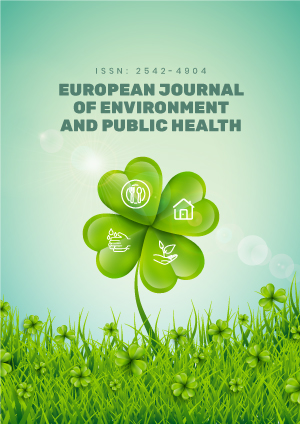Abstract
Purpose: The study aims at investigating the relationship between environmental and hereditary causes of reproductive behaviour, which would otherwise be difficult to study.
Materials and Methods: This cross-sectional descriptive study of the female reproductive health of twins investigated the heritability of qualitative and quantitative measured variables related to the reproductive behaviour of adult twins. Subjects included192 identical and non-identical twins, 15 years of age and above, who were living in urban areas of Malaysia.
Results: Basic genetic analysis for variables related to reproductive behaviour revealed that the age of first pregnancy, number of pregnancies and age of first marriage were under genetic influence. Proband wise concordance rate analysis showed higher similarity between identical twins in adopting recommended reproductive behaviour such as undergoing pap smears and using family planning techniques. The model-fitting analysis supported these findings.
License
This is an open access article distributed under the Creative Commons Attribution License which permits unrestricted use, distribution, and reproduction in any medium, provided the original work is properly cited.
Article Type: Research Article
EUR J ENV PUBLIC HLT, Volume 5, Issue 1, 2021, Article No: em0051
https://doi.org/10.29333/ejeph/8365
Publication date: 25 Jun 2020
Article Views: 3518
Article Downloads: 3871
Open Access References How to cite this article
 Full Text (PDF)
Full Text (PDF)